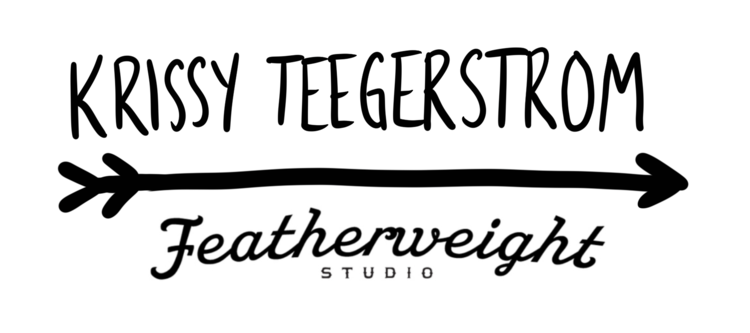Today is the start of Me Made May 2017, an annual event encouraging people who sew/knit/crochet/refashion/upcycle garments for themselves to wear and love them more.
In honor of the event, I'd like to tell you about a vintage Victorian lace dress that I upcycled & redesigned.
I absolutely love upcycling & remaking because:
- it requires problem solving (which I love)
- I can find superior materials & natural fibers (much harder to find new)
- it costs more time than money (perfect on an artist's budget)
- it's sustainable and eco-friendly
- I never have to worry about someone else wearing my same outfit
A few years ago while shopping at the Alameda Antique Fair, I found a wad of beautiful old lace at the bottom of a pile. I can't remember how much I paid for it, but I'm positive it was less than $20 because that's how I roll. After I got home, I realized it was a dress, stained and damaged but with beautiful eyelet and lace, and probably dating from the early 1900s.
Last year, while thinking about what to wear to the inaugural Ohana Festival, I decided I'd like a lightweight lace dress to stay cool in the heat, so I set about re-designing the vintage dress. Here's what I started with:
For this project, my design challenges were:
- the waistline was miniscule
- the silhouette was outdated
- the lace was damaged and stained in a few places
- the lace and cotton is extremely delicate so it won't withstand any pressure or pulling
I believe the original front of the dress was the V-neck, but to be honest I'm not sure. I wanted to showcase the lace in the front, so I chose to make the V-neck the back of the bodice. I also chose to keep the long sleeves, which worked for a summer dress due to the sheerness of the cotton and lace.
After I surveyed the damage and stains, I decided on a cropped, somewhat loose silhouette which would allow me to wear the dress without being in constant fear of ripping it. Again, the material is so light and airy that it drapes well enough for a loose silhouette.
When I re-design a dress, I start with a basic idea of the silhouette I want, then tackle one area at a time, stopping to try the dress on after each basting or stitching. I do a lot of pinning on the dress form, then stepping back to observe and make design decisions. I don't make or use a pattern and I don't really measure too much, I just go slow and see what looks good and allow the garment to guide the design as I go.
The neckline needed reshaping, the shoulders needed repair and reinforcement, and I needed to repair the lace in a few other areas. I was able to leave the sleeves as is, long and with closed cuffs, only because I have really small hands and wrists (our ancestors were tiny humans). After I reversed the bodice, I noticed that part of the skirt had a continuation of the same lace so I oriented the skirt to match the lace at the top. I created an empire waist that is just wide enough for me to slip the dress over my head (and bustline).
(Forgive the color differences, I took these photos under very different lighting conditions.)
I'm really happy with the way the dress turned out, and it's managed to survive long active days at two different music festivals. I wore it this weekend to Stagecoach, styled with a black vintage slip, vintage jewelry and my Heritage boots.
With my gorgeous girlfriends Kime & SueBee in Yucca Valley, CA.
As I said, the dress has survived two long and active music festivals, but at the very end of the night, when we were almost home from the Stagecoach festival, I bent forward in the passenger seat of the car and heard a rip, which happened in the back of the skirt. One of the many things I've learned from Exene Cervenka is that ripped clothing has soul, so I'll repair it and wear it again.











